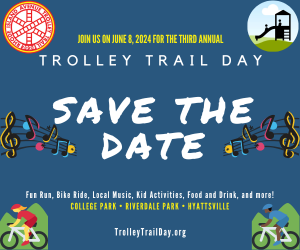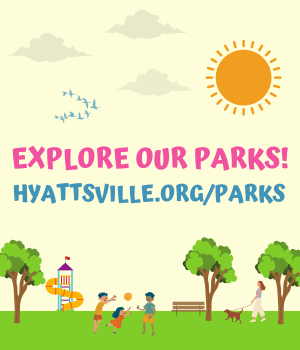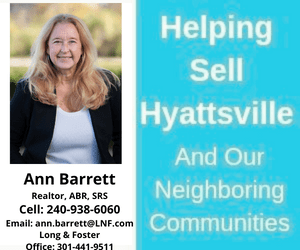By Bob Reilly

Like most people, when I entered the world of rideshare as a driver, I considered ridesharing as more of a glorified taxi service. Rideshare drivers pick up people and move them from point A to point B, like your typical cab service, but in most cases, the drivers own or lease their vehicles.
The rideshare software that makes it all work is relatively sophisticated and easily managed by an app. Because there is no cash transaction, most riders and drivers find the process safer to use than a cab and more discreet because the vehicles are not covered with the sort of signs, logos and phone numbers normally found on a cab.
There are two common denominators between cab enterprises and ridesharing companies.
One is the use of some form of a Global Positioning System (GPS), the same satellite-based system that navigation tools such as Waze or Google Maps use. Most drivers utilize some form of GPS mapping to get around. Smartphone technology has evolved to the point where phones can easily replace stand-alone GPS systems.
The other common denominator is people.
I would like to introduce you to a unique and interesting rider: the Human GPS.
Almost daily, riders will ask me to revise the route to their destination, going against what the navigation system, otherwise known as the GPS, indicates as the best route.
As a rule, there is actually very little significant change in the estimated time of arrival on most of these rider-driven changes —on average, usually no more than 1 to 3 minutes.
But about every 1,000th ride, I am unforgettably greeted by the Human GPS.
These high-control creatures quickly (and quite efficiently, I might add) slip into your vehicle, and before you can even say hello, the conversation goes something like this:
THGPS: “Turn off your GPS!“
Me: “Okay. We will go with your route preference. I’m turning off the GPS, per your request. Which way should we go? “
THGPS: “Head up Main Street for three blocks. Make an immediate left turn right past the hardware store. Drive about ½ a half mile, and when you see flashing lights, slow down. Go through the flashing lights and stay alert. You will come up suddenly on a fork in the road. This time of day you may see an elderly woman walking her two Shih Tzu dogs on the right side of the street before you reach the fork. If not, look for a bright yellow house, with a green awning, on the left side of the street. The next turn is five houses past the yellow house. Go right at the fork in the road, then make a sharp left turn on Striker Lane. Stay on Striker for eight blocks and turn right on Georgia Ave. Stay on Georgia Ave. for approximately six minutes, and you will see the signs for 495. Take the West exit towards Virginia. It’s a sharp turn so keep your eyes open!
Are you listening to my directions? Got it so far? “
Typically, at this point, the person is physically entering the car, preparing to close the door, and reaching for their seat belt.
Me: “Yes, of course, I’m listening. However, I’m a little slow this early in the morning. My coffee isn’t kicking in. So, can you please direct me, block by block, as we’re heading toward your destination? “
THGPS: (with a big, exasperated sigh), “I suppose so. Come on, let’s get moving! “
I’ve learned there is no sense in trying to explain the potential pitfalls of ignoring the navigation system, or as I like to call it, the eye in the sky, to the Human GPS.
It is a one-way street, so to speak.
Their resolve is unwavering, and my not complying with their steely determination is a possible set-up for a long, uncomfortable ride.
I might even be rewarded with a rider complaint to the rideshare company in the end if I’m not careful.
Much better, based on hard-earned personal experience, to suffer the relatively brief experience and bow to the strong will of the Human GPS.
Ultimately, that is the right course.







